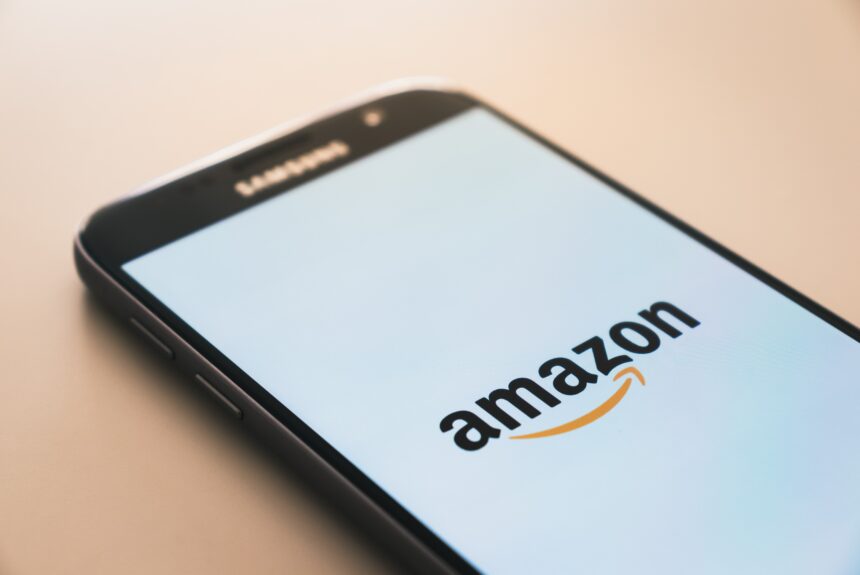In a world where corporate sustainability is becoming increasingly common, few companies are addressing their carbon footprint quite like Amazon. Last year the e-commerce giant announced that it would begin to focus its efforts on finding ways to reduce emissions from its supply chain, commonly referred to as Scope 3 emissions. If Amazon’s efforts are successful, they could mark a significant milestone in private sector sustainability.
>>>READ: Amazon, AES Collaborate on Mississippi’s First Utility-Scale Wind Farm
In 1998 the Greenhouse Gas Protocol developed a ranking system that categorizes greenhouse gas emissions into Scopes 1, 2, and 3. Scope 1 emissions, which most companies are focused on reducing, are emissions that are the direct activity of things that the company owns or operates. Scope 2 emissions are those that come from a company’s energy consumption and use.
While many firms are focused on reducing Scope 1 or 2 emissions, less attention has been drawn to Scope 3 emissions, primarily because they are hard to track and eliminate. However, reducing these emissions is a necessary step for most companies that are looking to reach carbon-neutral goals. According to Deloitte, Scope 3 “often accounts for more than 70% of a business’ carbon footprint.”
A figure like that makes this an impressive move on paper, but what does this actually mean for Amazon?
Amazon’s updated supply chain guidelines, which the company publishes every other year, mandate that suppliers monitor the emissions generated by operations; be able to prove legal use of national resources whenever requested by Amazon; develop and maintain effective resource management systems; and more. But new sustainability initiatives impact the environmental aspect of the brand’s supply chain even in non-update years. A recent sustainability report from Amazon signals that some big changes will be coming in the next year.
As Amazon’s vice president of worldwide sustainability, Kara Hurst writes in the company’s most recent sustainability report:
We know that to decrease our carbon footprint, we must work with our supply chain partners to help them decarbonize their own operations. Beginning in 2024, we’re updating our Supply Chain Standards to require suppliers to share their carbon emissions data with us and set carbon goals. We’ll use our scale, investment, and innovation to provide tools and resources to help them reach their goals—whether that’s transitioning to renewable energy or accessing more sustainable materials.
The company has already been taking major strides forward to have a positive and widespread impact on the environment. One element of this is the company’s commitment to implement environmental certifications for products, most notably with its Climate Pledge Friendly products.
Goods that qualify for this label meet the criteria for numerous environmental certifications including Fair Trade, Global Organic Textile Standard (GOTS), and Green Seal. This effort is driven by one of Amazon’s key environmental initiatives: The Climate Pledge. The Climate Pledge Fund “is a corporate venture program that invests in companies accelerating Amazon’s path to meeting the commitments of The Climate Pledge.” While product certifications are certainly a part of Amazon’s climate efforts, the pledge was created with much broader goals in mind.
Through The Climate Pledge Fund, Amazon is working to support innovative climate technology. The end goal of this support is to develop the right technology to make Amazon (and in turn, other companies) reach net-zero carbon emissions by 2040. The fund is focused on supporting innovation across multiple different industries, including energy, transportation, and agriculture.
>>>READ: Scientists Create Backyard-Compostable Bioplastic from Algae
With over half a trillion dollars in net sales in 2022, Amazon has no issues funding environmental efforts. But smaller companies and brands often lack the resources to make their operations more sustainable. Transitioning to renewable energy, making delivery more sustainable, and sourcing environmentally friendly materials all take significant financial resources, implementation, and time. Amazon’s efforts to make itself a more environmentally friendly company are noteworthy, but investing in other companies so that they can do the same? That could have an incredibly large impact on Amazon partners around the world and, in turn, the environment.
It remains to be seen how Amazon executes this promise. However, the company’s commitment to reducing not only its direct, but indirect emissions as well, shows that the private sector is ready to continue leading the way in delivering meaningful climate progress.
Kelvey Vander Hart is a native Iowan, a member of the American Conservation Coalition, and a communications specialist at Reason Foundation.
The views and opinions expressed are those of the author’s and do not necessarily reflect the official policy or position of C3.
